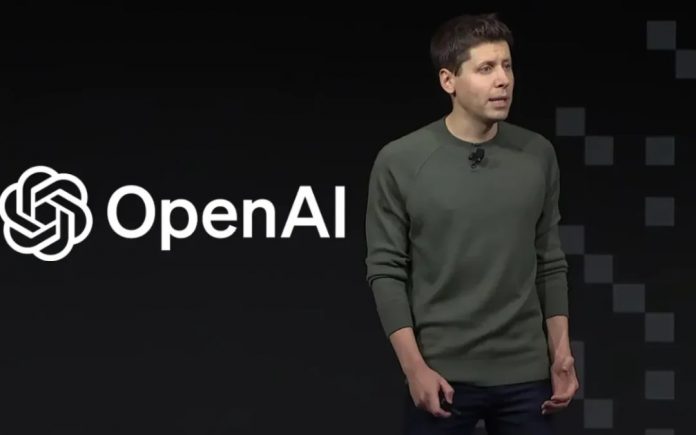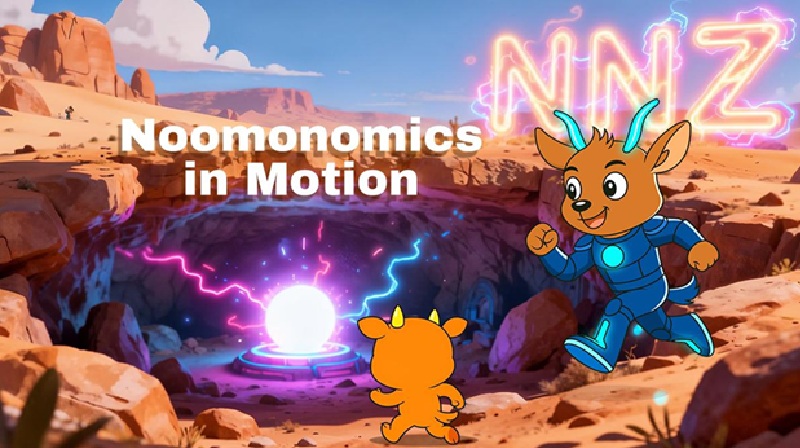Bitcoin, the world’s largest cryptocurrency by market capitalization, delivered a remarkable comeback as it climbed above $93,000, reversing its earlier slump at the start of the month.
The recovery follows a dip to $83,784, triggered by hawkish comments from the Bank of Japan (BoJ) and China’s sudden reinforcement of its anti-crypto policies.
According to data from The Block’s price page, Bitcoin has risen roughly 8% from Monday’s lows, marking its highest level in two weeks. At the time of writing this report, the crypto asset was trading at approximately $93,199. Cointelegraph noted that BTC remained below an area of significant ask liquidity.
On Wednesday, Glassnode highlighted on X that Bitcoin encountered a strong rejection at the $93,000 level the previous week. However, as the price approached the same region again, large short-liquidation clusters began forming. Glassnode explained that such liquidations could fuel upward momentum as forced buyers re-enter the market.
Analyst Daan Crypto Trades also pointed to the “local horizontal resistance” just above $93,000, suggesting that turning this area into a support zone would be crucial for a move toward $98,000. The analyst further noted that Bitcoin’s recent “higher high and higher low” signaled a return to bullish market structure on the current timeframe. He identified the $97,000–$98,000 range as a key liquidity zone that could come into play if the current resistance is broken.
MN Fund founder Michaël van de Poppe echoed similar sentiments, emphasizing that reclaiming and holding above $93,000 was vital for sustaining momentum. He added that a successful breakout could open the door for a run toward the $100,000 threshold.
Aside from Bitcoin upward price recovery, Ethereum also regained the $3,000 level, buoyed by optimism surrounding the upcoming Fusaka upgrade. This upward movement contributed to the total cryptocurrency market capitalization rising to roughly $3.2 trillion, with altcoins like SOL and BNB posting notable gains.
Bitcoin’s renewed strength has been attributed to improved market sentiment, increased ETF inflows, and easing macroeconomic pressures. Institutional involvement also continues to grow. Goldman Sachs has expanded its adoption of crypto-linked products such as ETFs, offering regulated avenues for exposure, though some critics argue this may steer Bitcoin away from its decentralized ethos.
Additionally, Bank of America Private Bank and Wealth Management overseeing more than $2 trillion in client assets announced that advisors will be allowed to allocate 1–4% of portfolios to Bitcoin beginning in January.
Bloomberg Intelligence analyst Eric Balchunas noted that Bitcoin’s intraday jump aligned closely with the opening of U.S. equity markets, marking the first session after Vanguard restored client access to spot Bitcoin ETFs. He pointed out that BlackRock’s IBIT recorded $1 billion in trading volume within the first half hour. “Coincidence? I think not,” Balchunas remarked on X.
Analysts remain broadly optimistic about Bitcoin’s price action for the remainder of the year, with several forecasting a move beyond $100,000. Nick Ruck of LVRG Research cited favorable macro conditions and renewed ETF inflows as potential catalysts that could push the cryptocurrency into six-figure territory in the coming months.
Outlook
Bitcoin’s rebound above $93,000 has strengthened bullish momentum and restored confidence among traders and institutional investors. Market structure, liquidity dynamics, and renewed ETF demand all signal a favorable path forward.







